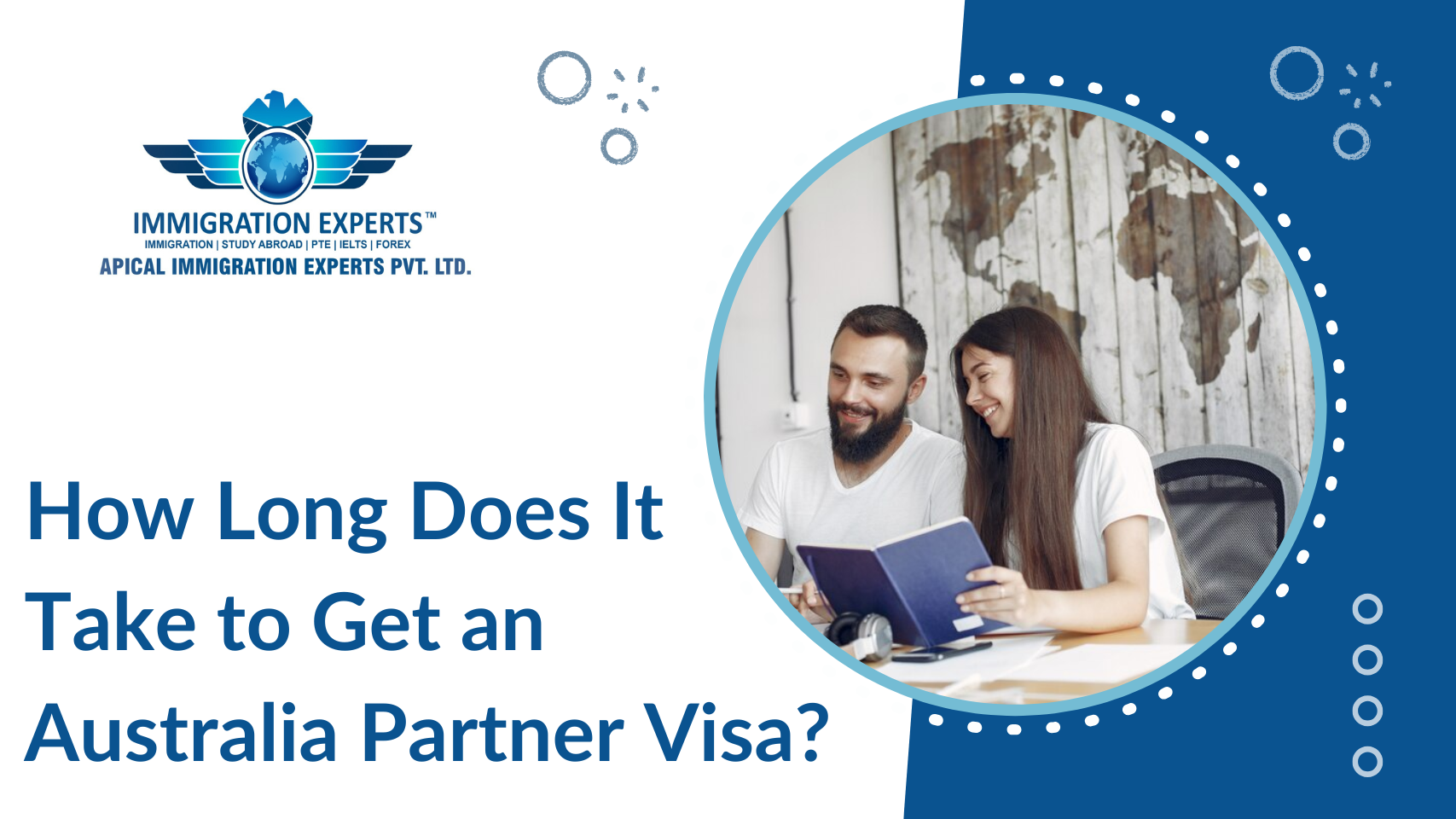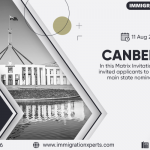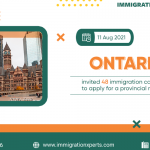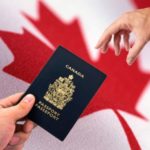Applying for an Australian Partner Visa is an exciting yet emotional journey. For many couples, it is not just about paperwork; it is about being able to live together without borders. But one of the most common questions people ask is: how long does it really take to get an Australia Partner Visa approved?
The answer is not straightforward. Processing times depend on the type of partner visa you apply for, your circumstances, and how well-prepared your application is. Let’s break it down step by step.
Understanding the Australia Partner Visa
Before diving into timelines, it helps to understand what the Partner Visa is. Broadly, there are two main types:
- Temporary Partner Visa (Subclass 820/309) – This is the first stage. It allows you to live in Australia with your partner while your permanent visa is being processed.
- Permanent Partner Visa (Subclass 801/100) – This is the second stage, usually granted about two years after the temporary visa, provided your relationship is genuine and ongoing.
So, when we ask, “How long does it take?” we actually need to consider both stages.
Partner Visa Processing Times in Australia
The Department of Home Affairs publishes average processing times, but they often change. As of recent trends:
- Subclass 820 (onshore temporary visa): Around 20–24 months.
- Subclass 309 (offshore temporary visa): Around 15–20 months.
- Permanent visa (801 or 100): Usually 2 years after lodging the temporary application, though in some cases it can be faster.
This means that from start to finish, the whole partner visa process can take anywhere from two to four years.
Why Does It Take So Long?
You might be wondering, “Why such a long wait if it’s just paperwork?” The reality is that the Department receives thousands of applications every year, and each one requires thorough checking. Here are some common factors that affect timelines:
- Completeness of your application – Missing documents or unclear relationship evidence can cause delays.
- Security and health checks – Every applicant must pass these, and if there are complications, it may extend processing.
- Visa category – Offshore and onshore visas can move at different speeds.
- Case officer workload – Demand is high, and queues can be unpredictable.
- Relationship history – The length of your relationship, whether you are married or in a de facto partnership, and whether children are involved can influence the case’s complexity.
Tips to Avoid Delays
While you cannot control everything, there are steps you can take to keep things moving smoothly.
- Submit a complete application – Double-check all documents before submitting. Commonly missed items include police clearances and relationship evidence like joint bank statements.
- Provide strong evidence – The stronger your proof of a genuine relationship, the less likely the case officer will need to request extra information.
- Respond quickly to requests – If the Department asks for clarification, reply as soon as possible.
- Stay updated – Processing times shift, so keep an eye on the latest estimates.
- Consider professional help – Many couples choose to work with registered migration agents to avoid mistakes.
Temporary vs. Permanent Stage: What to Expect
When you apply, you usually lodge both the temporary and permanent partner visas at the same time. But the permanent visa will only be assessed around two years after your initial application date.
- If you have been in a long-term relationship (usually three years or more, or two years with a child), you might get the permanent visa sooner.
- If your relationship is newer, expect to wait until the two-year mark.
It’s important to know this upfront so you can plan your life together accordingly.
The Emotional Side of Waiting
Processing times are not only about months on paper—they affect real lives. Many couples live apart while waiting, and that can feel stressful. Others face uncertainty about jobs, travel, or starting a family.
The waiting period can be tough, but focusing on what you can control—like building strong relationship evidence and planning ahead—can ease the pressure. Think of this phase as an investment in your long-term future together in Australia.
Realistic Timeline Example
Here’s a simple example of how the timeline might look for an onshore partner visa applicant:
- Month 1: Lodge your application with all required documents.
- Month 6–12: Receive a bridging visa to stay in Australia while you wait.
- Month 20–24: Get your Subclass 820 temporary visa.
- Month 24–36: Submit updated evidence for the permanent stage.
- Month 36–48: Receive your Subclass 801 permanent visa.
This example shows that the entire process can take about 3 to 4 years from start to finish.
Final Thoughts:
So, how long does it take to get an Australian Partner Visa? The honest answer: anywhere from two to four years. The exact timeline depends on your circumstances, the quality of your application, and the current demand.
While the wait can be challenging, the outcome—building your life in Australia with your partner—is worth the effort. With careful planning, complete documentation, and patience, you can make the journey smoother.
Ready to start your partner visa journey? Make sure your application is strong, well-documented, and accurate to avoid unnecessary delays. Your dream of building a life together in Australia is possible—start the process with confidence today.
Email: info@immigrationxperts.com
Call us: +91-9999467686, +91-8447-696555
Frequently Asked Questions About the Australia Partner Visa
1. How long does it take to get a Partner Visa in Australia?
It usually takes between 20 to 24 months for the temporary visa stage. The permanent stage can take an additional two years, making the total process around two to four years.
2. Can I stay in Australia while waiting for a Partner Visa?
Yes. If you applied onshore, you are typically granted a bridging visa that allows you to remain in Australia lawfully until a decision is made on your application.
3. Why do Partner Visas take so long to process?
Partner visas involve detailed checks on relationships, security, and health. High demand and incomplete applications are the main reasons for longer processing times.
4. Can a Partner Visa be fast-tracked?
Generally, there is no fast-track option. However, in exceptional cases such as compelling humanitarian circumstances, the Department may prioritize the application.
5. What documents are needed for an Australian Partner Visa?
You need proof of your relationship (joint finances, living arrangements, and communication), identity documents, police clearances, and health checks. The stronger your evidence, the smoother the process.






